Altitude: 4720 m.a.m.s.l.
Kibo Volcanic Cone, the highest point on Mount Kilimanjaro is where Kibo Huts are situated. These huts of Kibo offer both lodging accommodation and camp for climbers.
Kibo huts are frequently used by hikers using the Rongai Route and the Marangu Route before the last day to summit Mount Kilimanjaro.
The huts and camp are located on the Eastern side of the Kibo volcanic cone of Mount Kilimanjaro.
One of the main advantages of having lodge-like housing at Kibo huts is to reduce the number of tents, especially for climbers using the Marangu Route. The case is different though for hikers using the Rongai Route however as they will still rely on tents as a form of accommodation for other camps or when the lodging at Kibo huts is at full capacity.
Kibo Huts Facilities
Kibo huts facilities include a house built of stones, complete with rooms built like dormitories and a dining room that is located at the far end of a long corridor that runs through the center of the structure.
Each and every room inside the house contains bunk beds and has the capability of accommodating up to 6 people at a go. In total, the number of climbers that can be housed at the whole facility can total to about 60 at full capacity.
Kibo huts also have a different structure for porters and guides, while another hut next to the porters and guides house is set aside for the camp’s resident ranger.
None of the rooms at Kibo huts are self-contained, meaning toilets and pit latrines located at the back of the main house are for sharing.
Location of Kibo Huts camp
Located at the base of Kibo Volcano Cone, Kibo huts are situated on the eastern side of the main Kibo peak.
The environment surrounding the Kibo huts is frequently dry and since it is located in the alpine desert vegetation, the humidity here is scarce and rainfall is somehow limited even though the area receives some snow of very small volume possibly seen in the early morning and night time when the temperature drops below freezing point.
It is also worth noting that Kibo huts is very quiet at night due to the anxiety that grips everybody for the next day of summiting.
Perhaps the other reason for the deafening silence at Kibo huts is the lack of animals due to the high elevation that limits the growth of plant life in the alpine desert region of Kilimanjaro.
Kibo huts are also the last point to the summit of Mount Kilimanjaro where you may find ground that is solid and huge rocks and boulders as the rest of the way of covered with a mass of small loose stones otherwise known as scree up until Gilman’s point.
After Kibo huts camp, the next camp used by climbers on via Marangu route and Rongai routes is Horombo huts, Previous camps before Kibo huts differ depending on which routes climbers used. For Rongai route, the previous camp before Kibo Huts is the Mawenzi tarn camp while for the Marangu route users the camp you meet before Kibo huts is usually the Horombo huts.
Additional information
| Routes | Rongai, Marangu routes |
|---|---|
| Amenities | Stone House, Dormitories, Bunk beds, and a dining room, porters & guides hut, ranger’s hut, Shared toilets/pit latrines |
| Vegetation | Alpine desert |

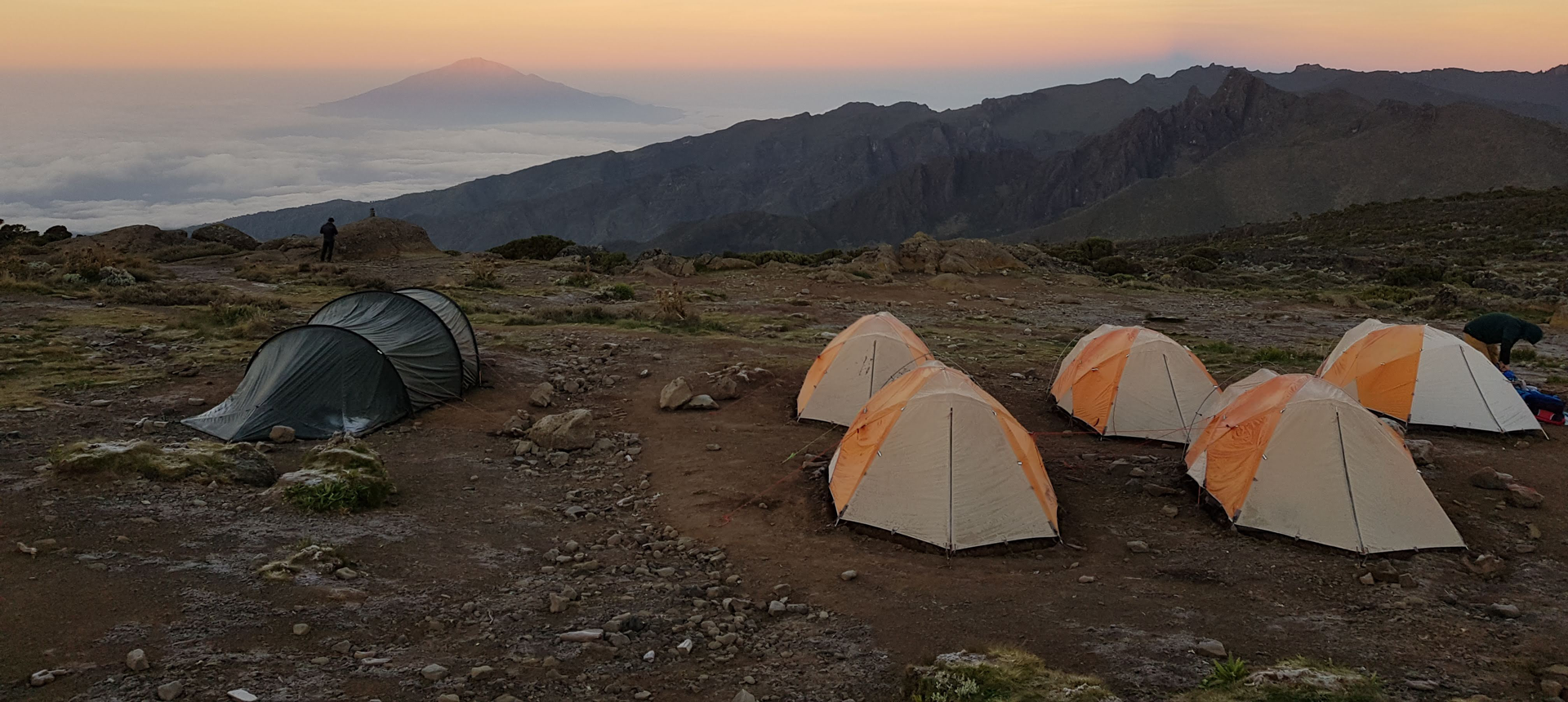
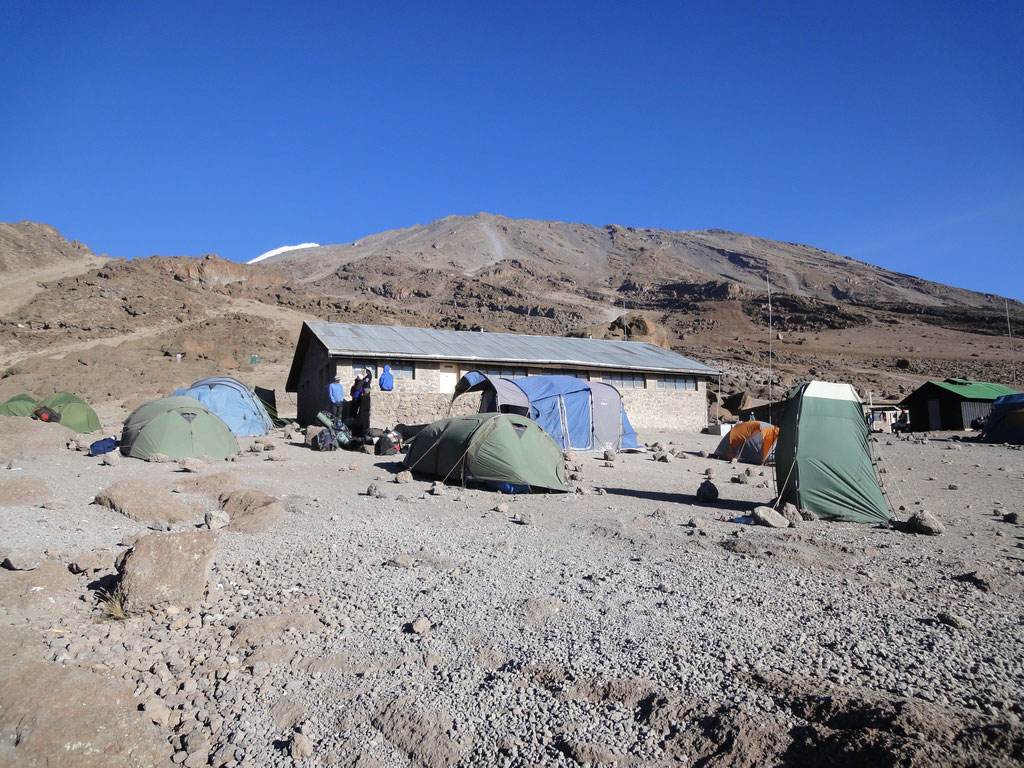
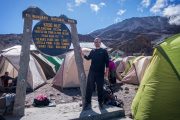
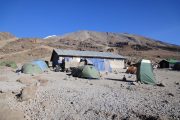
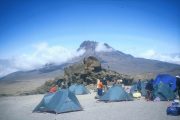
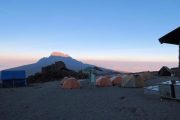
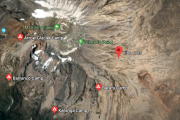
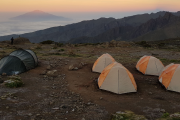
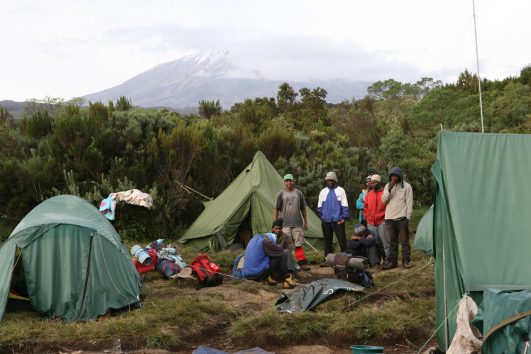
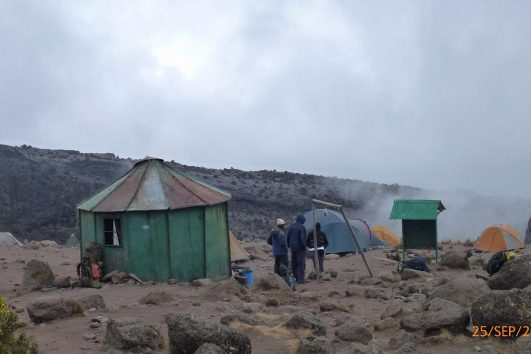
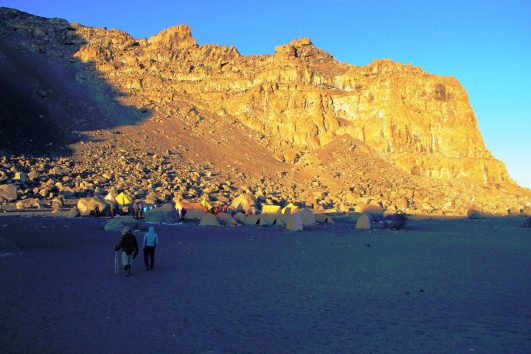
Tour Reviews
There are no reviews yet.
Leave a Review